Snow-clad mountains attract rising numbers of young climbers
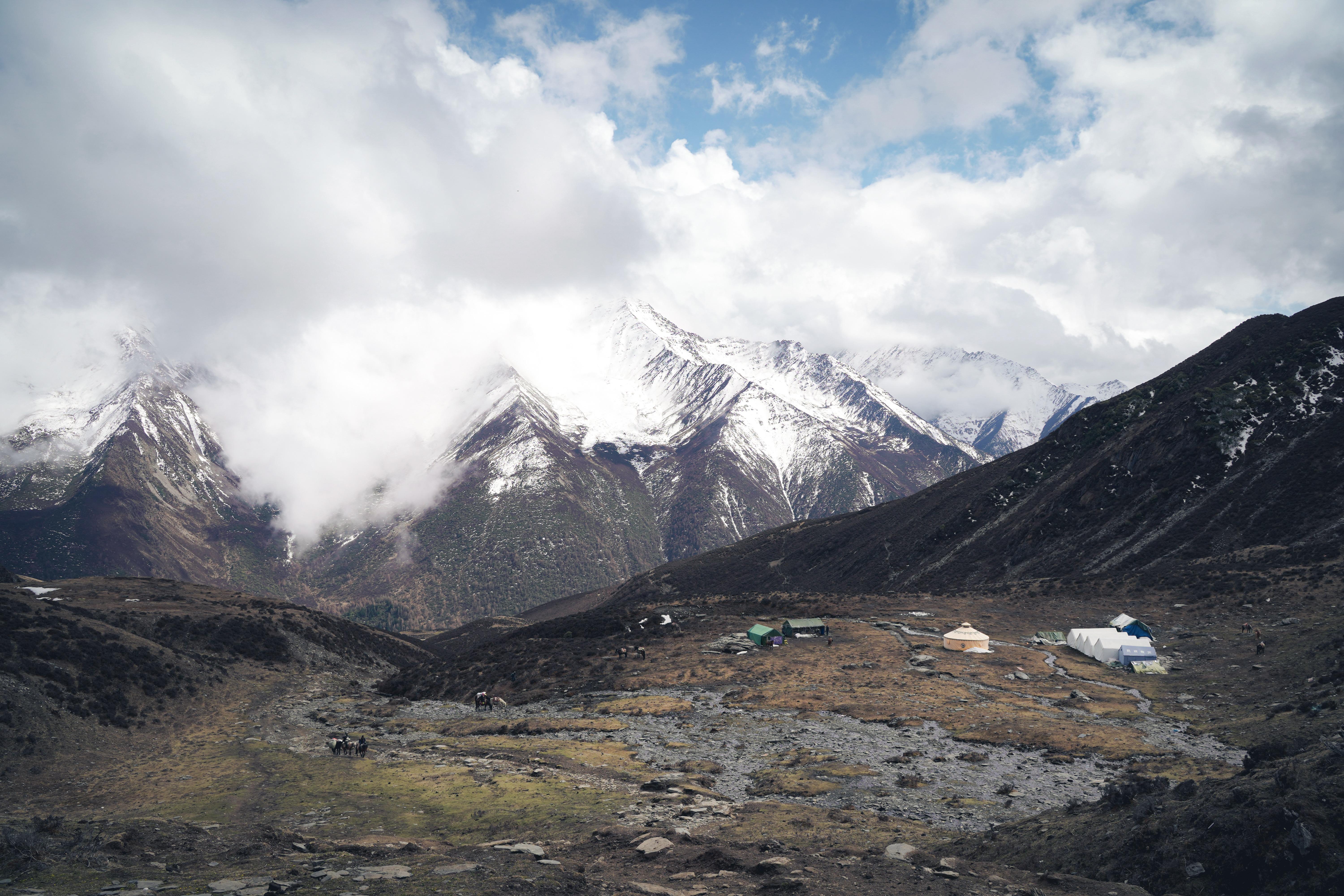 Located more than 200 kilometers from Chengdu, capital of Sichuan, Siguniang Mountain is one of China's most popular destinations for climbers. (LIU XIAOYU / FOR CHINA DAILY)
Located more than 200 kilometers from Chengdu, capital of Sichuan, Siguniang Mountain is one of China's most popular destinations for climbers. (LIU XIAOYU / FOR CHINA DAILY)
Twelve years ago, Xu Jianglei, the first person from Hunan province to climb Qomolangma, known in the West as Mount Everest, took his young daughter Xu Zhuoyuan to the Siguniang Mountain scenic spot in Sichuan province.
"My daughter did not experience any altitude sickness in the mountains — a decided advantage for climbers," he said.
Xu Zhuoyuan, now 16, has since made full use of this advantage. On May 15, she scaled Qomolangma's west face from Nepal to become the youngest Chinese female to climb the world's highest mountain.
When she was 12, she had said on a television variety show that she would conquer Qomolangma one day. Her father was shocked at the idea.
"Mountaineering is an extreme sport. I thought at the time how could such an inexperienced girl accomplish this task," he said. "But I later considered that as she had this idea, I should make plans to help her train for the attempt."
These plans resulted in Xu Zhuoyuan swimming and running a great deal.
From the ages of 12 to 16, she climbed five mountains that are more than 5,000 meters high, and last year, she reached the summit of Muztagh Ata, a 7,546-meter-high peak in Xinjiang Uygur autonomous region.
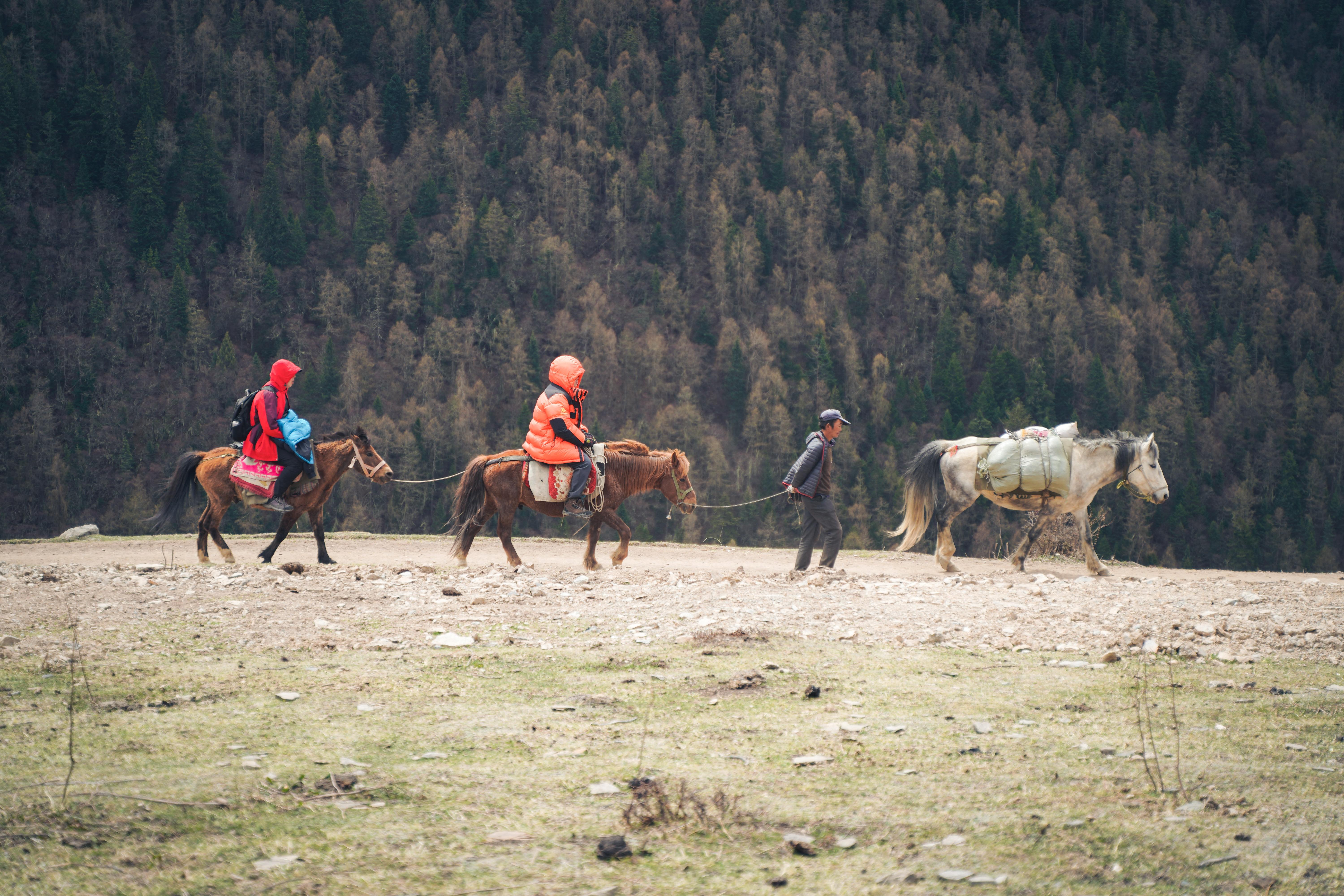 Climbers and horseback riders explore Siguniang Mountain in Sichuan province, which is 6,250 meters high. (LIU XIAOYU / FOR CHINA DAILY)
Climbers and horseback riders explore Siguniang Mountain in Sichuan province, which is 6,250 meters high. (LIU XIAOYU / FOR CHINA DAILY)
Her father said, "She was the first to reach the peak on that climb — ahead of the older participants."
With a wealth of mountaineering experience under her belt, Xu Zhuoyuan left Changsha, capital of Hunan, for Nepal on April 15. She arrived at the base camp on April 28 to begin altitude acclimatization training.
On the Nepal side of the mountain, climbers attempting to reach the summit must be 16 or older and have climbed peaks of more than 6,000 meters.
At 10 pm on May 15, Xu Zhuoyuan started out from Camp 4 at an altitude of 7,950 meters on the southern face of Qomolangma, reaching the summit after 10 hours.
Her father said: "The route was too long, the altitude too high, and the wind too strong. Conditions were bad and she was caught in a snow storm."
After her successful attempt, Xu Zhuoyuan said: "The wind blew snow in my face. Two of the nine people in my group gave up the attempt for safety reasons. I don't think Qomolangma is my last mountain — it will just be one of the summits I experience to deepen my understanding of life."
She added that reaching the summit was also a tribute to the first successful attempt at scaling Qomolangma, achieved by New Zealander Edmund Hillary and Nepalese Tenzing Norgay on May 29, 1953.
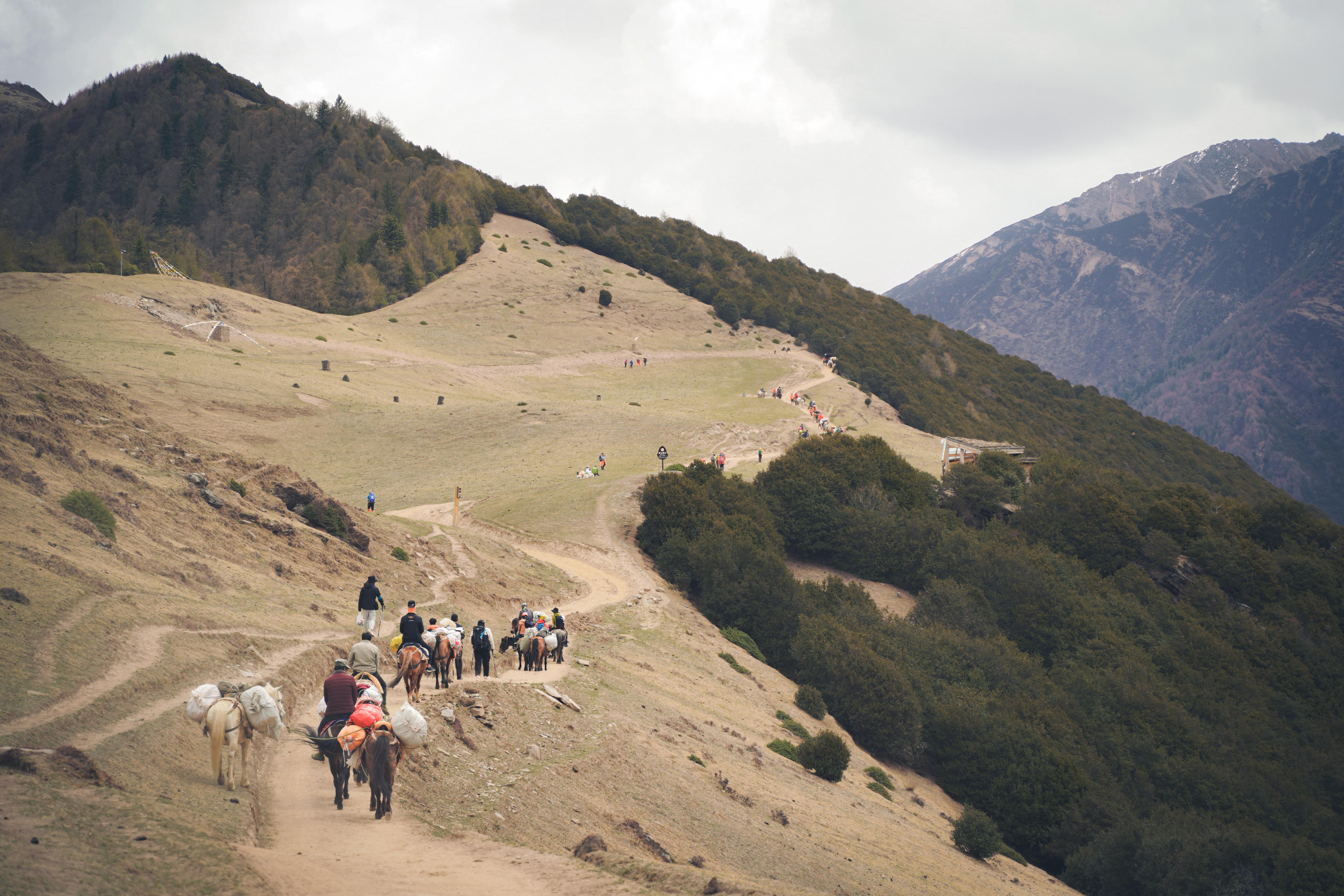 Climbers and horseback riders explore Siguniang Mountain in Sichuan province, which is 6,250 meters high. (LIU XIAOYU / FOR CHINA DAILY)
Climbers and horseback riders explore Siguniang Mountain in Sichuan province, which is 6,250 meters high. (LIU XIAOYU / FOR CHINA DAILY)
More participants
In China, exploring snow-clad mountains initially attracted only small numbers of people, but the pursuit has become increasingly popular over the years. In 2018, a report by the travel website Ctrip said mountain hikes had become an important leisure activity for young people.
During the May Day holiday this year, video footage of long lines of people exploring the Khumbu glacier on Qomolangma went viral on Chinese social media platforms.
The Nepal Department of Tourism has issued 463 licenses for climbers hoping to scale Qomolangma this year. Wenhui Daily reported that 99 licenses were issued to Chinese climbers — more than those from the United States. For years, most of the licenses were issued to US climbers, ahead of those from the United Kingdom.
Jiefang Daily reported that most aspiring climbers typically spend $46,000 to $48,000 on climbing permits, transportation, equipment and supplies, and mountain guides.
In China, more climbers such as Xu Zhuoyuan are flocking to snowy mountains in Sichuan, Yunnan and other provinces.
Data from sichuantour.cn show that by 5 pm on May 3, Siguniang Mountain had received 82,946 tourists during the May Day holiday, a year-on-year rise of over 287 percent — setting a record for the scenic area.
In Yunnan, the management committee of Yulong Mountain said the scenic spot attracted 179,700 tourists during the Spring Festival holiday, a year-on-year rise of just over 873 percent, and up by slightly more than 25 percent on the figure for 2019.
At the start of April, Liu Xiaoyu, a student at Wuhan University of Technology, decided to climb Siguniang Mountain in Sichuan with his friend Wang Kaiyao. Over a two-week period, the pair drew up travel plans, asked for leave, bought train tickets and equipment, and employed a mountain guide.
They started their climb at 10 am on April 20, chatting happily with other mountaineers.
Liu said: "We discovered that the girl who shared a car with us the previous day is my schoolmate. What a coincidence!"
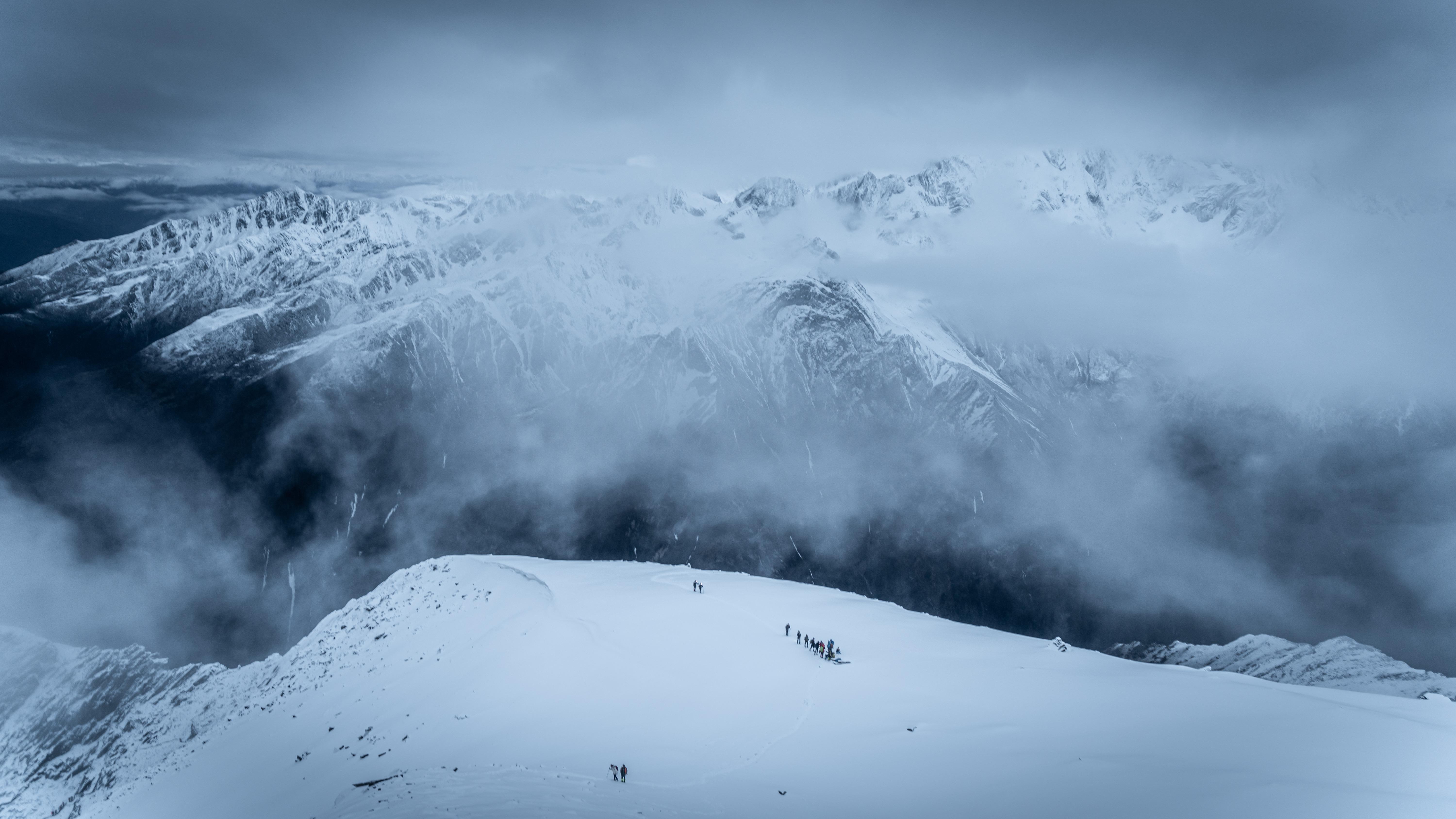 Climbers and horseback riders explore Siguniang Mountain in Sichuan province, which is 6,250 meters high. (LIU XIAOYU / FOR CHINA DAILY)
Climbers and horseback riders explore Siguniang Mountain in Sichuan province, which is 6,250 meters high. (LIU XIAOYU / FOR CHINA DAILY)
At night, the pair rested in a tent, with snow on the ground outside, but Liu could not sleep. At 3 am, they started climbing again, but this time the task seemed much harder.
"I was not in a good state — dizzy, out of breath, and cold, but I managed to pull myself together, and my heart rate gradually slowed," Liu said.
Wang said: "I have no idea how many steep hills we have climbed, but exhaustion forced me to rest every 10 steps, which then became every five or even three steps. I had no intention of quitting, but I was worn out. I could see the dim glow of other climbers' helmet lights in the darkness, and Liu kept urging me on."
The pair reached the summit at 6:50 am on April 21, but they could not appreciate the view due to dense fog.
"The ancient Greek philosopher Epicurus believed that happiness frees the body from pain and the soul from interference. I think mountaineering is a process of seeing the world and finding oneself. What you see on camera is never as good as what you witness yourself," Liu said.
He added that the sight of dawn breaking on the mountain amid the clouds was stunning.
On March 27, Dada, 26, climbed Yulong Mountain with one of her friends.
"As a Cantonese, I had never seen snow before, so I was enthusiastic about this trip," Dada said, adding that she recently resigned from her e-commerce job without another position to go to, because she felt depressed and under a lot of pressure. She just wanted to relax and see the snow during the trip to Yunnan.
The pair, who started out at 7 am, rented coats, as the temperature was extremely low. "We were a little awed by the mountain's height, but I overcame my fear to take in the beautiful scenery from the funicular railway," Dada said.
When they left the funicular, Dada was thrilled, as it started to snow. She grabbed a handful of snow and took photographs.
"As I was climbing the mountain, I experienced mild altitude sickness and hypoxia (a condition in which the tissues are starved of oxygen), which made me feel as though all my pressure had gone," she added.
During the climb, she was impressed by an elderly man who told her his wife was resting at a lower altitude because of exhaustion, leaving him to reach the summit alone.
"When I descended the mountain, the wind was strong, snow blew in my face, and visibility was less than 50 meters. All I could see was whiteness," Dada said.
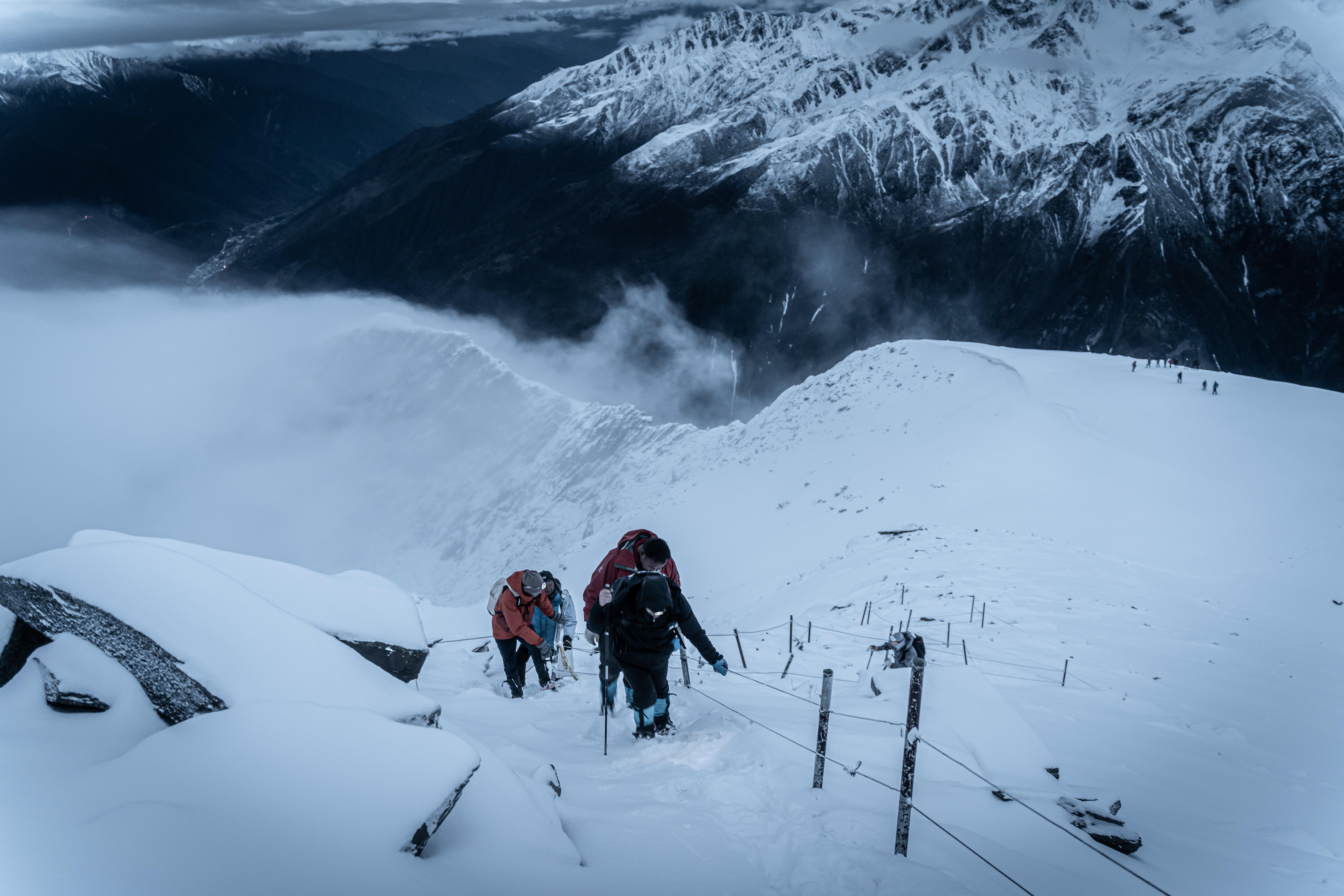 Climbers and horseback riders explore Siguniang Mountain in Sichuan province, which is 6,250 meters high. (LIU XIAOYU / FOR CHINA DAILY)
Climbers and horseback riders explore Siguniang Mountain in Sichuan province, which is 6,250 meters high. (LIU XIAOYU / FOR CHINA DAILY)
Safety concerns
As climbing snow mountains attracts more participants, security has become an increasingly important issue.
On May 18, Chen Xuebin, a 52-year-old mountaineer from Guizhou province, died as he attempted to reach the summit of Qomolangma.
Tenzin, a native Tibetan mountain guide and manager of a company that provides climbing and trekking services in Tibet autonomous region, said mountaineers face various dangers on Qomolangma.
"On the Nepal side, they encounter ice slides on the Khumbu glacier, frostbite and anoxia (the absence of oxygen supply to an organ or tissue)," Tenzin said.
"On the China side, they face anoxia, high-altitude sickness and strong winds. To protect themselves, climbers should have sufficient experience, register with a mountaineering company, and employ a reliable guide."
Industry insiders said a great deal of preparatory work is required before climbing Qomolangma. Years of physical training must be acquired, guides need to be hired, and climbers should learn how to deal with emergencies.
Only when they are sufficiently familiar with their equipment, including oxygen bottle, winter coat, first aid kit, satellite phone, gloves, sleeping bag and tent, can they consider themselves fully protected.
In addition, they need to complete three processes. They should start with peaks more than 5,000 meters high, such as Siguniang Mountain, then try those above 7,000 meters, like Muztagh Ata, and finally tackle mountains of more than 8,000 meters, such as Mount Manaslu in Nepal and Cho Oyu on the China-Nepal border.
Climbers can choose the China or Nepal side for climbing Qomolangma. However, for both sides, mountaineers must be healthy and have the necessary equipment and experience. On the Chinese side, they should apply to the General Administration of Sport of China for permission to climb, and follow the requested route.
Luo Caifu, a snow-mountain guide on Haba Mountain, Yunnan, started climbing mountains in his childhood.
"My father is a guide on this mountain, and my climbing experience began with his help when I was 12. The hiking route we took was short, but I was happy about walking in the wild. In 2010, I followed tourists and reached the summit. Since then, I have guided tourists on every public holiday," Luo said.
He became a professional guide for mountaineers after he graduated in July 2019. "Some tourists ask me why I don't work in a big city. I tell them l love this job because I meet different people," Luo said.
He added that this year, he has served more than 400 climbers, a return to the pre-pandemic level.
Zhu Youfang contributed to this story.
 |
 |
CHINA DAILY HONG KONG NEWS |
OPEN |